Seeing Transport below one Sun
Engineering Sciences
The climate change urges for new recipes and materials for sunlight-harvesting applications. The nanoscale diffusion of excitons and subsequent charge separation is key to any understanding and improvement. Exciton diffusion can be visualized by spatiotemporal microscopy. However, the use of pulsed and tightly focused laser beams generates light intensities far above those under natural sunlight illumination, leading to photodamage and nonlinear effects limiting any relevant applications, especially in biological or atomically thin materials. Here, we presented a novel spatiotemporal microscopy technique that exploits Structured Excitation Energy Transfer (StrEET) in order to dramatically decrease the excitation intensity, up to 10,000-fold when compared with previously reported spatiotemporal photoluminescence microscopy. We tested our method in two different systems, reporting the first exciton diffusion measurement at illumination conditions below "one sun", both considering average power and peak exciton densities on a modern organic photovoltaic film (Y6), tracking the excitons for up to five recombination lifetimes. Turning to natural photosynthesis, we directly observed for the first time nanometer-scale energy transport, in both space (nm) and time (ps) on a single layer of the light-harvesting complex 2 (LH2) from purple bacteria. Seeing the energy transport below "one sun" illumination opens the door to imaging photosynthesis in action at truly natural conditions.
Sun-excited exciton relaxing in a periodic landscape
REFERENCIA
You may also like...
Mapping individual multi-molecular interactions provides new insights into virus capture
2024
Engineering Sciences
Emerging health threats from climate change in Europe
2024
Life & Medical Sciences

